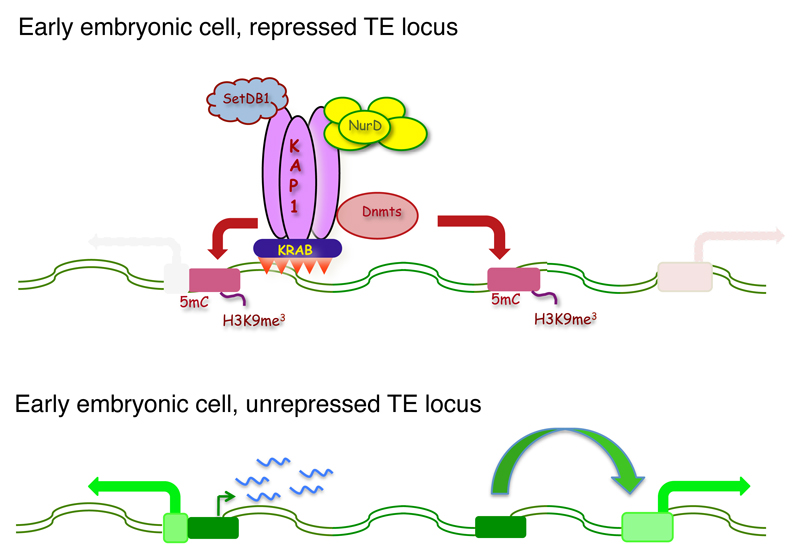Fig. 2. The KRAB’n’KAP system controls the trancriptional activity of TEs in pluripotent stem cells.
In embryonic stem cells, the sequence-specific recognition of TEs by their cognate KRAB-ZFPs results in docking KAP1 and its associated effectors at these loci, leading to repression by deposition of repressive histone marks (e.g. H3K9me3) and cytosine methylation (5mC), through the respective actions of SETDB1 and other chromatin modifiers (e.g. NurD) and of DNA methyltransferases (DNMTs). When transcriptionally active, TEs not only produce transcripts, some of which can have long-range regulatory functions, but can also stimulate the expression of nearby genes through promoter or enhancer effects.

